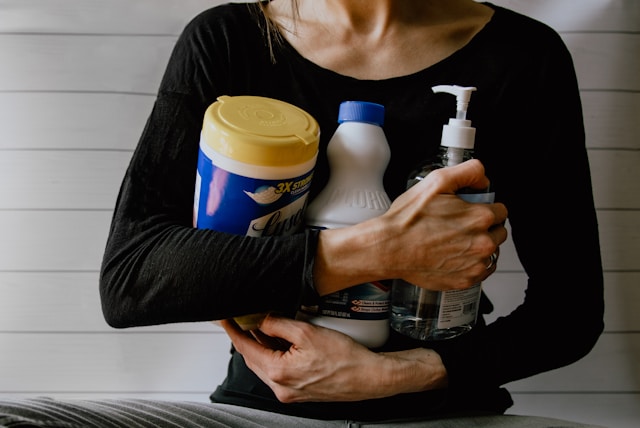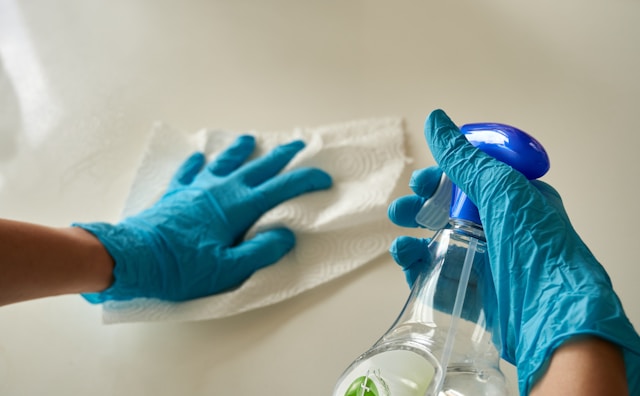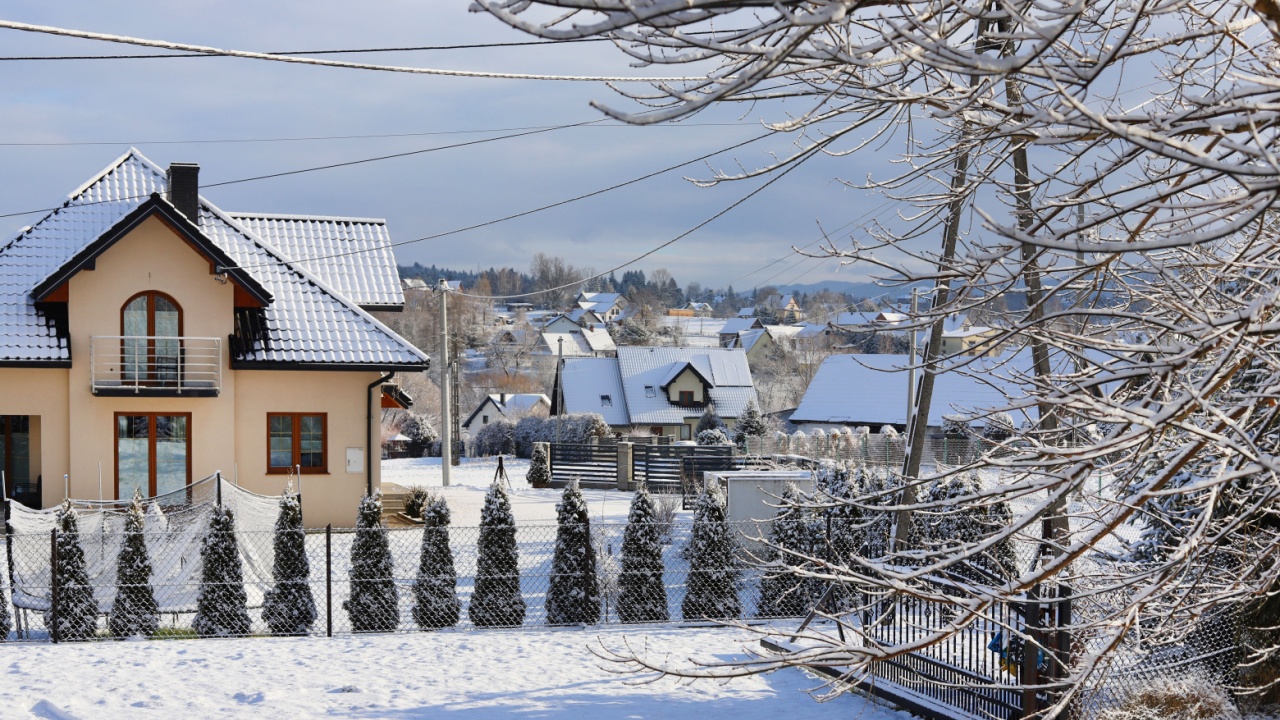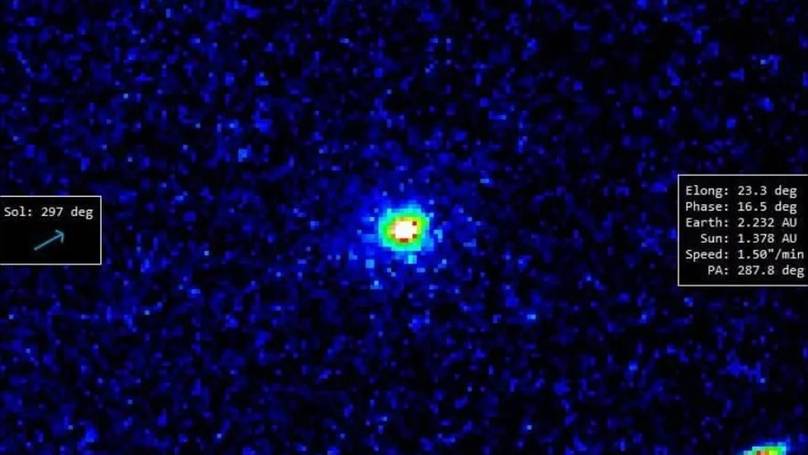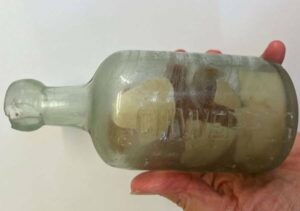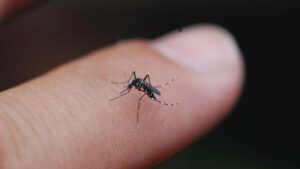“Chemical Catastrophe: What Happened When I Ignored My Mother-in-Law’s Warning About Mixing Bleach and Ammonia?”
Have you ever found yourself mixing cleaning products, thinking you’re about to create the ultimate cleaning solution—only to end up with a toxic brew instead? Trust me, you’re not alone! Picture this: I was just trying to tackle some stubborn grease when my mother-in-law walked in, raised an eyebrow at my concoction of bleach and ammonia, and quickly burst my bubble with a stern warning about the dangers of chemical mixing. This little incident got me wondering—just how dangerous is it to mix these seemingly harmless household items? Spoiler alert: it turns out, there are real risks involved! Let’s dive into what happens when bleach and ammonia join forces, the toxic outcomes that can ensue, and how to keep your cleaning game safe and effective. If you want to know more, just click to LEARN MORE.
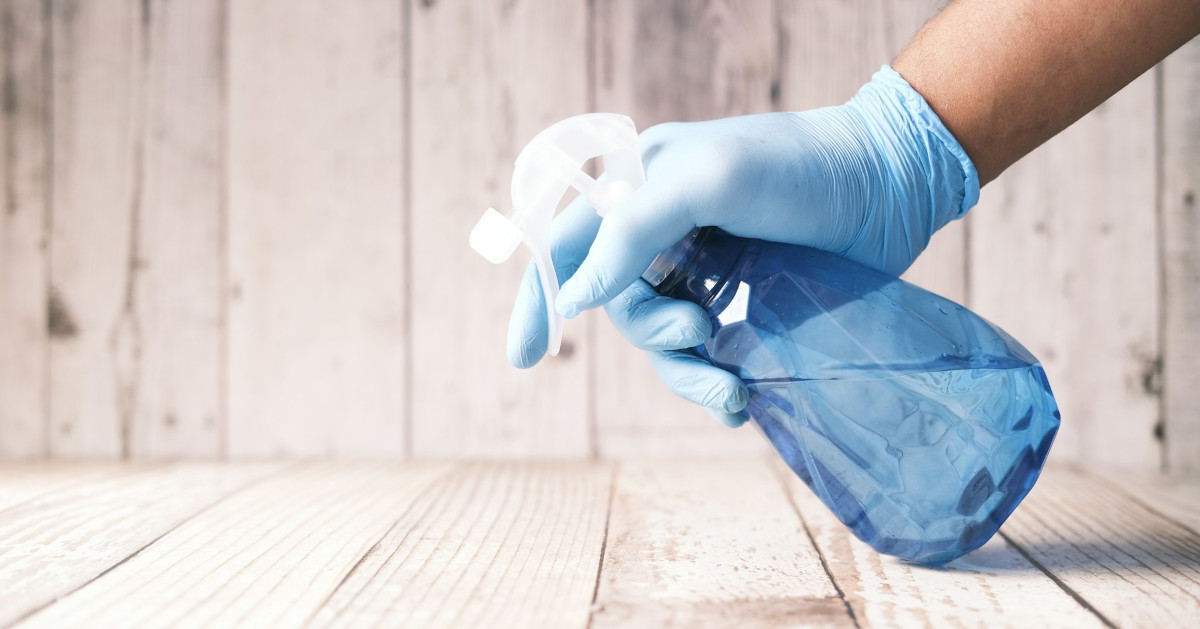
Photo by Towfiqu barbhuiya on Unsplash
My cleaning routine usually involves making a few sprays of my own because I want something powerful that will cut through grease and grime. My MIL was visiting and saw me mix bleach and ammonia. She said the chemical smell was too strong and harshly criticized me for mixing these.
Is there a real danger here?
Bleach + Ammonia
There is a danger to mixing bleach and ammonia, but many people don’t know this. It all has to do with the chemical reactions that are likely to occur.
Both bleach and ammonia are powerful on their own. Then they get mixed together, a toxic gas known as chloramine is produced. It can pose various health risks.
Toxic Fumes Occur
Chloramine gas, when formed, is toxic. It can lead to such problems as:
- Irritated eyes
- Severe respiratory distress
- Watery eyes
- Chest pain
- Nausea
If exposed to the toxic chemical reaction long enough, it can even cause damage to the respiratory tract!
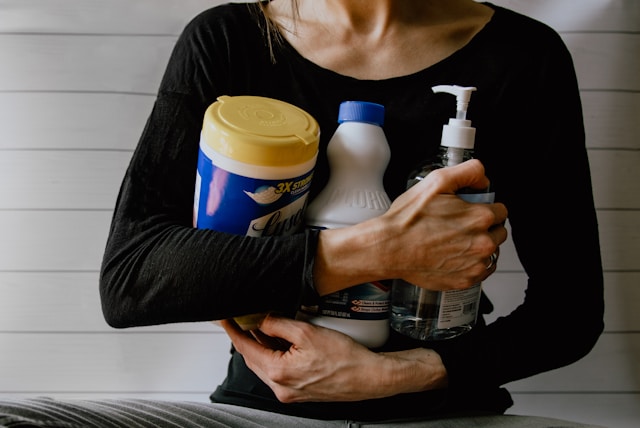
Photo by Kelly Sikkema on Unsplash
Added Dangers
Often, people mix the chemicals without knowing of the dangerous chemical reaction. Then, they start cleaning in a room where there isn’t sufficient ventilation. The more you inhale, the more serious the conditions can be. Plus, it can exacerbate other health problems, such as asthma.
Mixing ammonia and bleach doesn’t lead to a more powerful cleaning agent.
Here are a few best practices:
- Read the labels
- Create plenty of ventilation
- Contact local poison control if you’ve experienced exposure and serious symptoms.
While it can be scary to learn that you created a toxic chemical reaction, there are plenty of products that you can mix – like vinegar and baking soda. If you’re not sure what chemicals you can mix, it’s best to stick with a store-bought cleaning product (and don’t mix it with anything).
